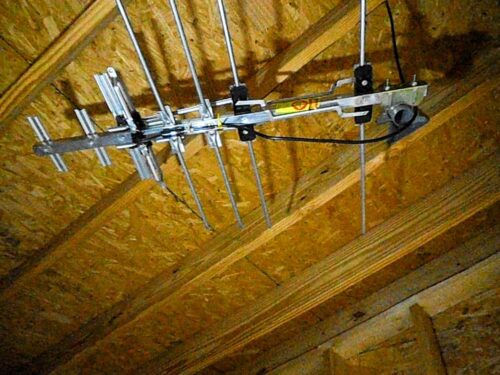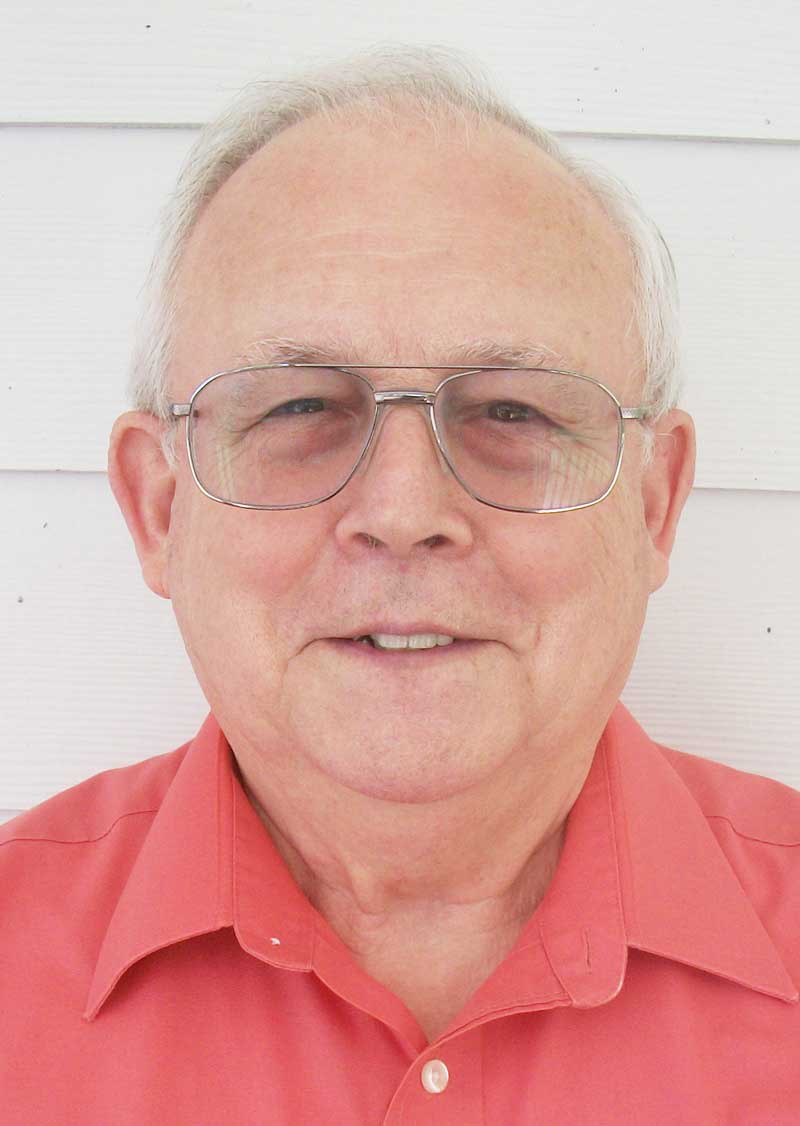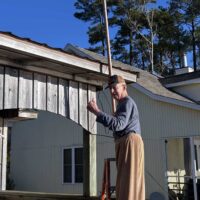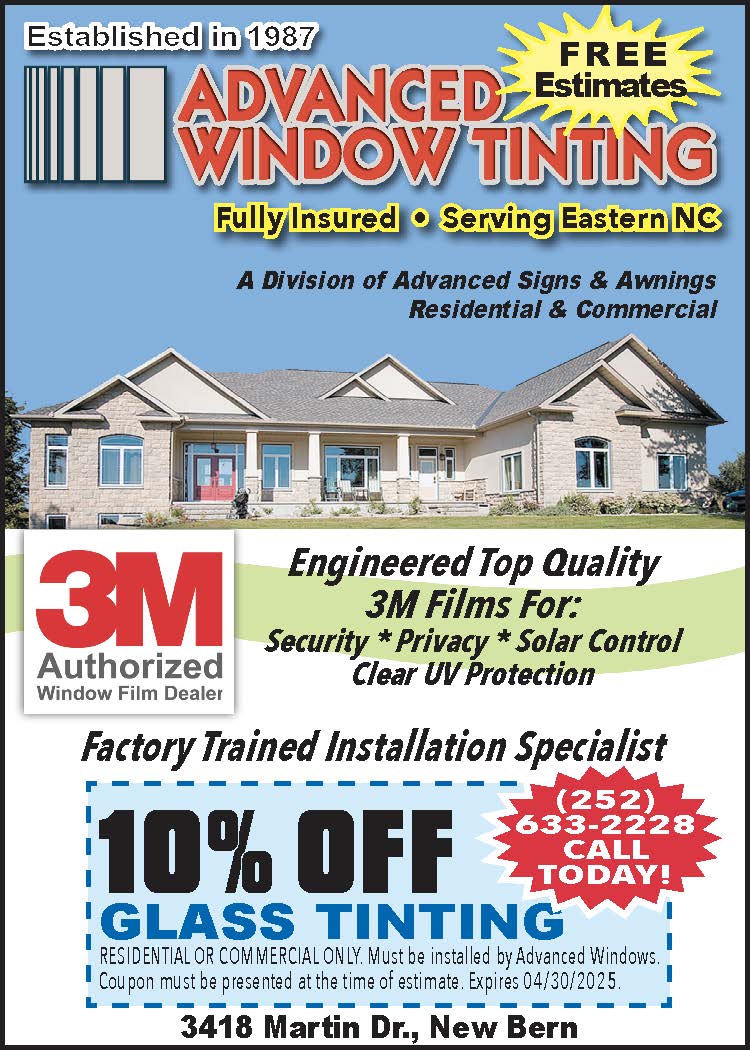
Editor’s Note: In Part One of this series, the website TVpassport.com was introduced as a source of information for digital programs available locally. This is important if you would like to cut the cable and save money by viewing 30-plus programs for FREE. If you have decided Over-The-Air digital TV is an option you’d like to explore further, then this article is for you.
May I suggest another website? To determine antennas you may need, and directions to aim, consult AntennasDirect.com. Fair warning: This is a sales site offering various antennas they manufacture. This site also tells you the Radio Frequency (RF) channel each station uses to broadcast their digital programming. Hint: It is rare that the displayed (virtual) channel is the same as the RF broadcast channel.
Another bit of information you will need is that some antennas do not cover all the available RF channels. Also the channels are divided into three RF bands as follows: RF channels 2 thru 6 are VHF lowband, channels 7 thru 13 are VHF highband, while channels 14 thru 36 are UHF.
The 5G cellphones took channels 38 thru 59. Inquiring minds may wonder what happened to channels 1 and 37: Channel 1 was found to be too noisy for TV and was abandoned. Channel 37 was awarded to the radio astronomy researchers since it allows signals from outer space to pass through the moisture in the earth’s atmosphere with the least signal losses.
On the AntennasDirect.com website, click on the Learning Center selection at the top of the page. Wait for the box to pop up and enter your zip code. Your zip code name will appear along with a circular plot showing the digital TV stations’ transmitter locations as black dots. Lines radiate from the center of the circle (your location) to those stations. Scroll down past the antenna ads and look at the list of digital TV stations listed in order from the strongest to the weakest signal strength.
The different colored bands indicate your received signal strength. Signals that are strong should be very reliable. Fair signals will be watchable with a 40-mile rated antenna, however a broadband, low noise pre-amp may be needed. Weak signals will be very hard to view.
My Dad put up a 80 or 100 foot tower in our backyard to pull in long distance TV signals. With the antennas came a rotator and a pre-amp. From Richmond, VA, we could watch Tulsa, OK signals which were over 1,000 miles away! These are the weak signals listed in the AntennasDirect.com program. From Arapahoe when temperature inversions come in, I receive stations in Norfolk and Raleigh, although they are not reliable viewing.
Normal air temperatures are warmer at ground level and drop as the altitude increases. This is the normal dry air lapse rate of -5.4 degrees per 1,000 ft altitude increase. For temperature inversions, this phenomenon is also called ducting; the cooler temps are near the ground and the air warms as it gains in altitude. At some point the cold air temps go back to cooling and get colder as the altitude continues to rise.
Doing the math calculations for TV signals, let’s assume the transmit antenna is about 2,000 feet above ground. Further, assume the receive antenna at your house is much shorter, perhaps 50 feet above ground. The line of sight path is about 64 miles, but the radio signal path calculates to be about 74 miles due to the earth’s curvature. In eastern North Carolina (ENC), this length of the radio signal path is about the most you can hope for. This is your first factor affecting received signals.
In ENC, a strong factor to consider is the surrounding trees. In Pamlico County, there are lots and lots of 100 foot tall pine trees, but those trees are being cleared away in too many places. Any form of precipitation on the trees will further reduce the received signals as well as in the air.
If you have metal siding on your home and use an indoor antenna, you are not likely to get very good reception, if at all. Same goes for trying to get signals through metal roofing or aluminum foil-backed roof sheathing. Silos and buildings also present reception problems. Low E glass has a metallic coating that reduces TV signals too.
Larger antennas for long distances get higher gain than smaller antennas used for local signals. Looking at inside versus outside antennas, an antenna at a higher elevation is usually better. Exterior antennas are subject to solar ultraviolet light and pollution/salt atmosphere which can damage the antenna to the point a strong wind can cause the antenna to fail. Also lightning protection should be installed to ground the outdoor antenna mast and transmission cable.
Antennas that are rated for long ranges (100 miles or so) have a smaller acceptance angle for receiving the over-the-air signals. Antennas rated for 40 miles (mid range) have a broader reception angle. In my case in the Arapahoe area, aiming my antenna to a heading between Trenton and Grifton, I can receive both of these transmitter sites without moving the antenna.
Radio frequency waves follow the same bending rules as light waves. TV sets have what are called “Chip Sets” which receive and process digital TV signals. Some are better than others for receiving signals. Some chip sets have features that might make up for the lesser amount of received signal. For example, I have an old Zenith $50 DTV converter that I use on an old analog TV set to receive today’s DTV programs. The receiver portion of the chip set is pretty darn good.
I judge digital TV’s performance by comparisons to my Zenith converter since that converter had to meet stricter performance standards. When I aligned my antenna, that chip set used a feature that allows me to aim the antenna for the maximum signal strength with a sound similar to the ticking of a Geiger counter, which can be switched on and off at will. It also tells me if the DTV station programs are not available or if the signal is so bad that the sound and picture bit stream is very erratic. This saves time to orient the antenna to an optimal direction compared to moving the antenna and re-scanning the TV set after each directional adjustment.
If you have an old analog TV antenna already in place, it may work just fine for digital TV. However, keep these ideas in mind. One, the antenna must be in good condition, with no missing pieces or corroded bolts and connections. Two, unless the coaxial feedline from the antenna to the DTV set has solid aluminum or copper outer shield, the dielectric insulation inside the cable could absorb water and cut the DTV signal down significantly. If you are using the old brown, flat twin-lead cable, remove it and replace it with coaxial cable. The cable should be very low loss and have a continuous aluminum shield covered by wire braid at a minimum.
Three, the AntennasDirect.com website table shows the virtual channel and the associated RF channel. The table showing the headings from the receive and transmitter sites is in true degrees. To get magnetic headings in the Pamlico area when a compass is used, you must add 10 degrees in eastern NC over the values in the table.
‘Virtual’ channels are the ones advertised by the DTV stations. These came from the analog TV days and allowed the DTV station to keep its “brand’ going into the digital age. The FCC had to authorize a second channel for each legacy TV station so they could keep their analog programming on their current channel and add digital broadcasting on the new FCC channel while viewers purchased digital receivers. The second channels were only digital. In June 2009, the legacy TV stations had to make a choice of keeping their original channel and making a “flash cut” to digital at midnight on the original legacy channel or keeping the new digital channel which had all the new transmission gear (transmitter, transmission line, and antenna) and turning off their analog equipment.
One of the readers of my Part 1 column said she didn’t understand what it said. Then, that ensures this column will be even more confusing. So, I’d like to introduce Danny Garris to you. He has a radio and TV shop, Garris TV Repair, in New Bern on Neuse Blvd. Better yet, he has quality antennas and equipment stocked in his store. And best, he can suggest equipment for your particular antenna system and give you instructions on hooking it up. Danny can be reached at (252) 638-4477.
Here is the clincher. If you have no electronics and installation skills, Danny’s recommended source for doing your installation is Dante Genua at TVSolutionsNewBern.Com. Dante can be reached at (252) 626-4550.
In Part 3, we’ll look at how the Tablo DVR system works and why you might want to consider it. Hint: It might save you time and money by not routing coaxial cable throughout your home.
Related posts:

Gordon is a frequent contributor to The County Compass















































